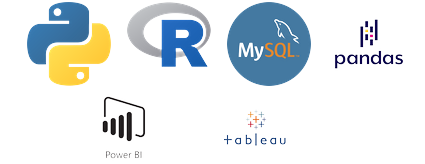Linking data in Excel for real-time updates
Linking data in Excel for real-time updates allows you to dynamically reference and display data from one worksheet, workbook, or source in another. When the source data changes, the linked data updates automatically. Types of Linking Data Steps to Link Data Example Use Case Scenario: You have monthly sales data in a file named January.xlsx …

